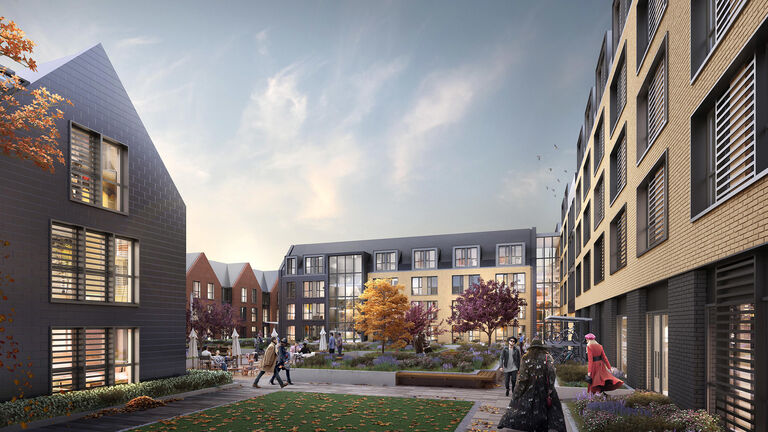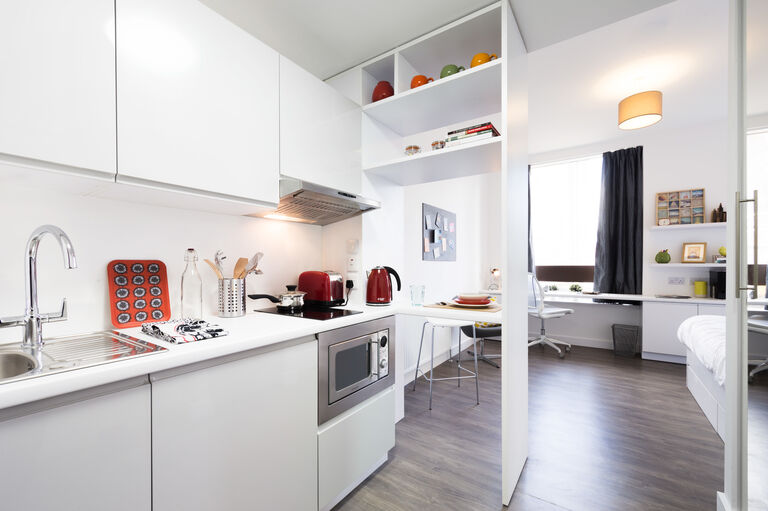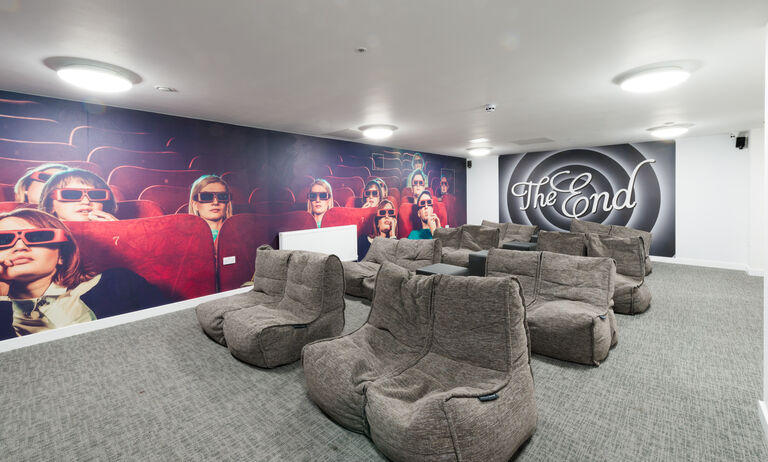Designers must understand the experiential offer that exists between where the student sleeps and when they arrive at their faculty building and tailor the PBSA accordingly - high quality co-living facilities will be an important aspect of out of town campus developments but perhaps less so in vibrant city centres.
The student rooms themselves and how they are constructed will also continue to evolve as technology advances. Just two decades ago a student might need space for a TV, a computer, printer, games console, hi fi and even some books – today they just need a laptop.
Designers are not just looking at the needs of today but predicting the needs of the future, where science fiction as depicted in novels such as Ready Player One where people are living their lives through virtual reality headsets, increasingly becomes science fact.
We are now at a stage where the designer is increasingly focused on a creating a room that meets the anthropometrics of the student, subject to the experiential customer values relative to location and university typology.
In short, student rooms are getting smaller and so communal, social and study spaces are getting bigger. The designer is focusing on the creative use of storage and seating, a variety of sleeping rooms, better kitchen and dining facilities with a view to ensuring that the end product meets the needs of the ‘health generation’.
The PBSA sector remains one of significant opportunity, but it is not without its challenges for developers with rising construction costs, competing land uses and planning policies all putting a strain on the viability of PBSA in core locations so innovation in design and construction techniques are all crucial for the future growth in the sector.
Off site or modular construction is becoming increasingly popular across the education sector, offering a more efficient construction process when done well, although increasing demand in other sectors such as hospitality and built to rent is already starting to see capacity issues which in turn will have an impact on the cost and time benefits.
Designers are now looking at the next generation of student accommodation where the boundaries are increasingly blurred between living and learning, future proofed to meet the inevitable changes in technology, innovatively considered to support efficient construction and necessary volumes and most importantly, sufficiently well-designed and equipped to pass the customer value test.
*Martin will be discussing the future of student accommodation at a joint event with Addleshaw Goddard and Cushman & Wakefield at MIPIM 2018.


